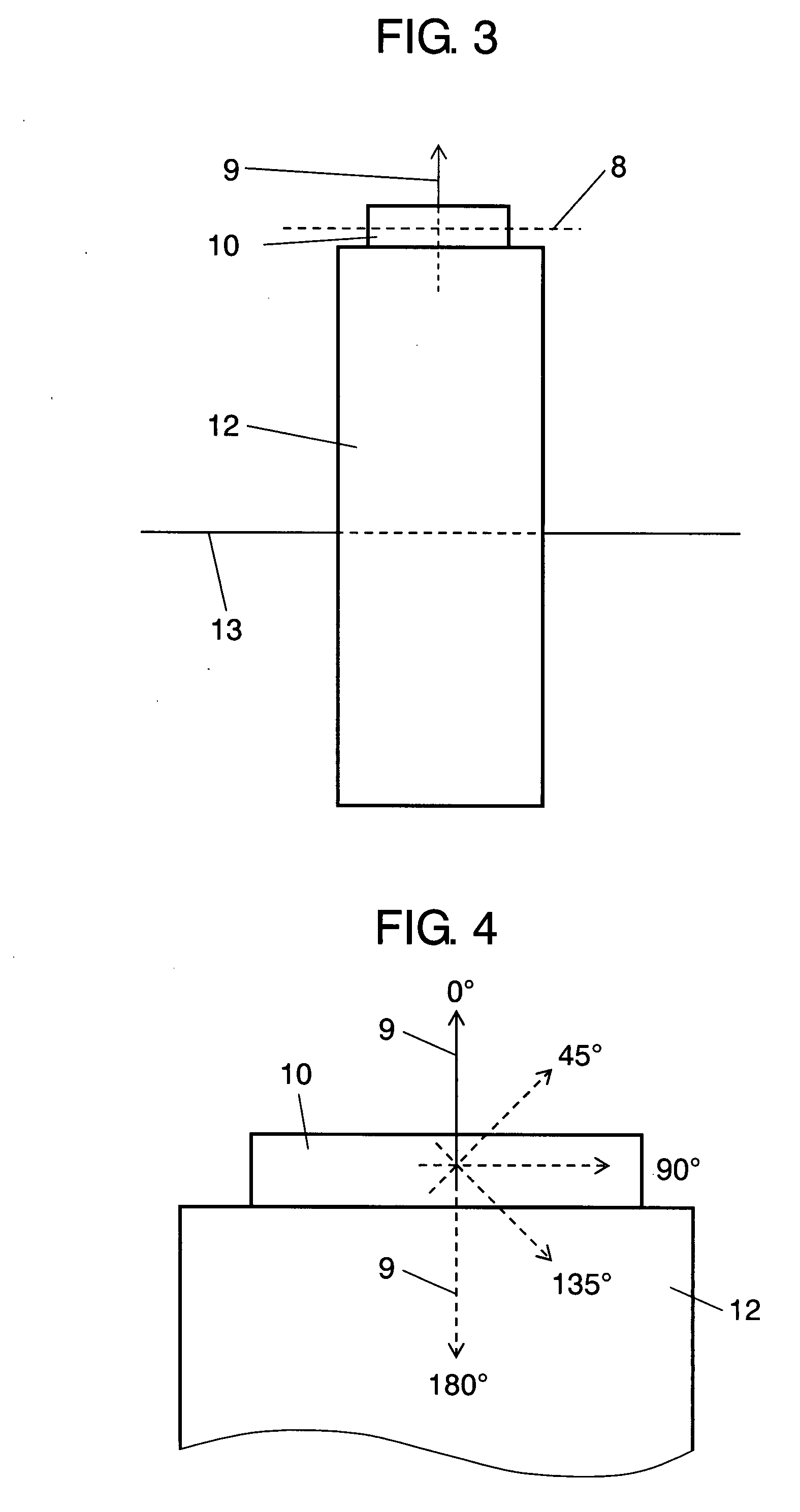Flat Battery
a battery and flat technology, applied in the field of flat batteries, can solve the problems of unstable contact between battery components, low discharge performance of batteries, and general battery designs that do not consider the operation in an environmen
- Summary
- Abstract
- Description
- Claims
- Application Information
AI Technical Summary
Benefits of technology
Problems solved by technology
Method used
Image
Examples
Embodiment Construction
[0031]FIG. 1 is a sectional view showing a flat battery in accordance with an exemplary embodiment of the present invention. Flat battery (hereinafter, referred to as battery) 10 includes positive electrode 3 having voids therein, negative electrode 2, separator 4, an electrolyte solution (not shown), positive electrode case (hereinafter, referred to as case) 5, and sealing plate 1. Negative electrode 2 is composed of a non-pored metal including an alkali metal and is disposed facing positive electrode 3. That is to say, negative electrode 2 is made of an alkali metal or an alkali metal alloy. Separator 4 is interposed between positive electrode 3 and negative electrode 2 and electrically insulates positive electrode 3 from negative electrode 2 so that they are not brought into direct contact with each other. The electrolyte solution is interposed between positive electrode 3 and negative electrode 2 in a state in which separator 4 is impregnated with the electrolyte solution. Case ...
PUM
 Login to View More
Login to View More Abstract
Description
Claims
Application Information
 Login to View More
Login to View More - R&D
- Intellectual Property
- Life Sciences
- Materials
- Tech Scout
- Unparalleled Data Quality
- Higher Quality Content
- 60% Fewer Hallucinations
Browse by: Latest US Patents, China's latest patents, Technical Efficacy Thesaurus, Application Domain, Technology Topic, Popular Technical Reports.
© 2025 PatSnap. All rights reserved.Legal|Privacy policy|Modern Slavery Act Transparency Statement|Sitemap|About US| Contact US: help@patsnap.com



